Why are cars often more fuel efficient on the highway than in the city?
The reason is simple: When driving in the city, you have to stop and start constantly at red lights, in traffic jams, or when giving way. This process consumes a lot of fuel because the car cannot maintain a stable speed and has to accelerate continuously from a stop. The engine also has to work harder when idling, especially in traffic jams.
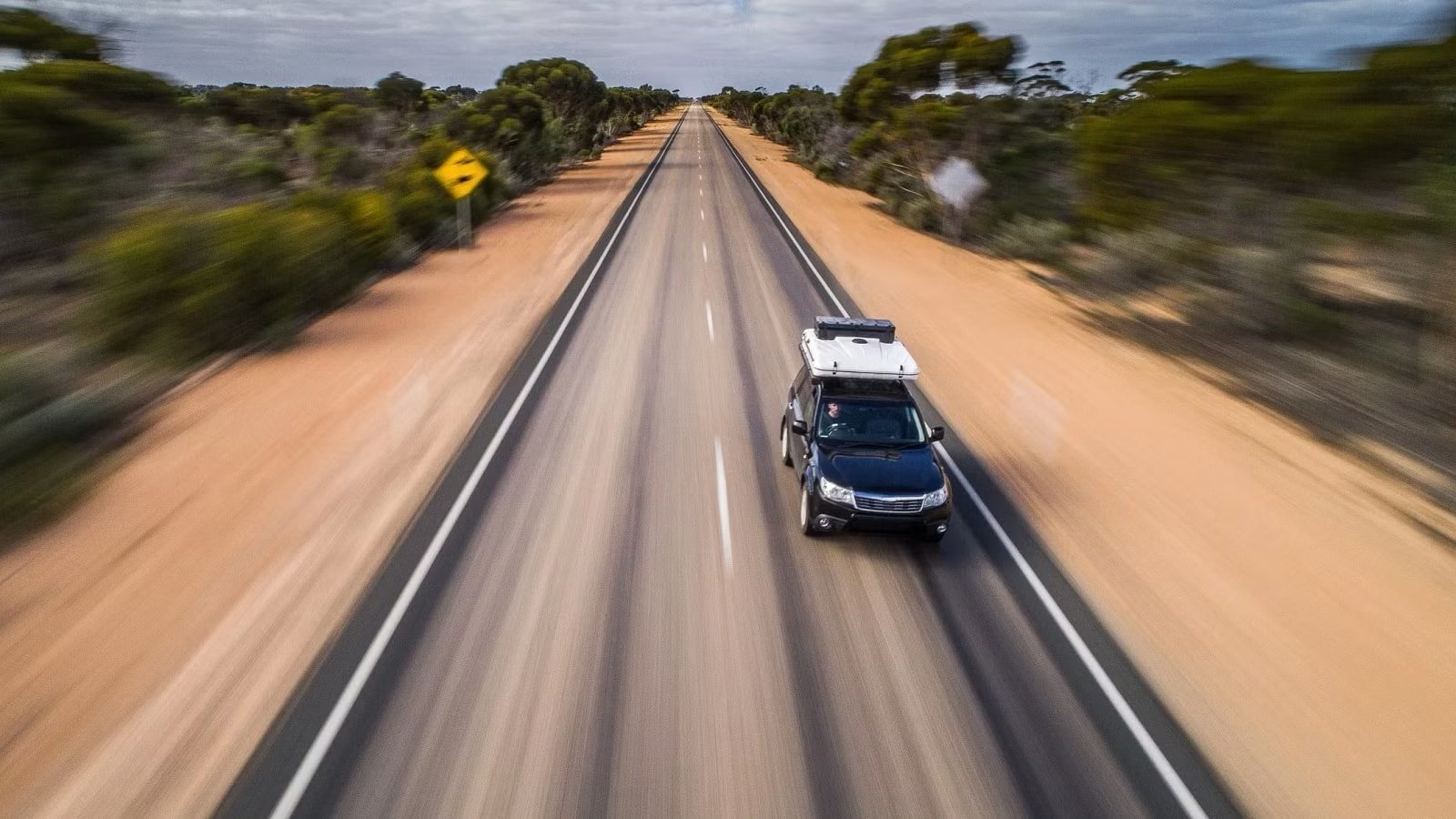
On the other hand, when driving on the highway, the car can maintain a steady speed for a long time. Inertia helps you maintain motion without having to constantly accelerate, especially with cars using traditional internal combustion engines.
Engine RPM and Gearbox: The Secret Behind Fuel Consumption
One of the key factors that affects fuel consumption is engine speed (RPM). The faster the engine spins, the more fuel is pumped into the cylinders. Each rotation requires fuel injection to produce work, so the higher the RPM, the more fuel the vehicle uses.
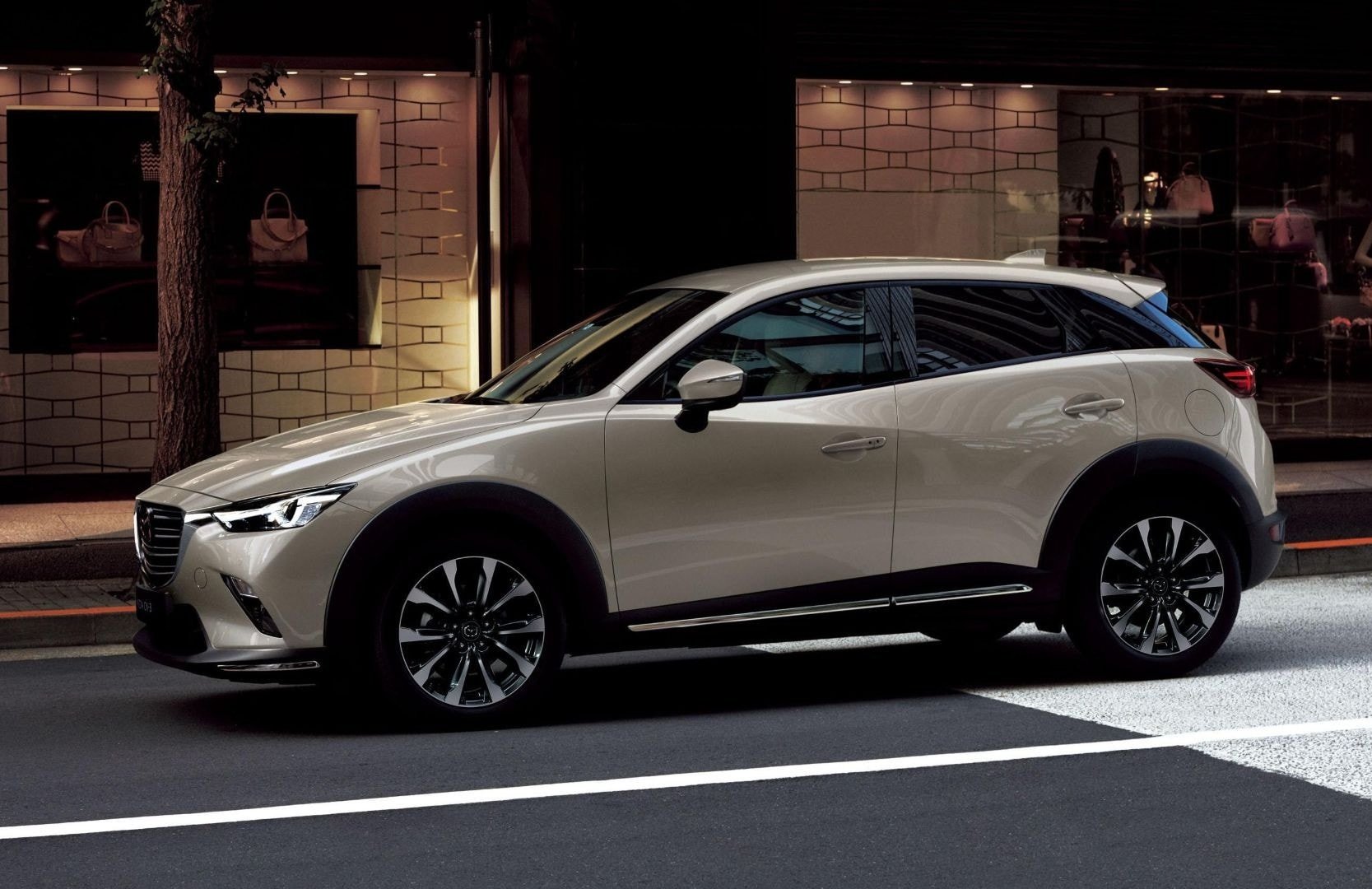
3 super fuel-efficient car models that are still ignored by Vietnamese customers.
To illustrate, imagine you’re riding a bike. In low gear, you pedal lightly, but the bike goes slowly. In high gear, the pedaling becomes harder, but you go farther with each revolution. Cars work similarly, with the transmission and engine working together to optimize fuel consumption at each speed.
Modern cars with automatic transmissions have multiple gears, sometimes up to 8-10, allowing the car to maintain low rpm at high speeds. This allows you to run 100 km/h with the engine still running smoothly, saving fuel.
What is the ideal speed to save fuel?
Every car is different because of the gear ratios. In reality, the speed you can travel with the car in the highest gear and the engine revving as low as possible is the optimal speed for fuel economy, but the answer is more than that.
A study by the New Zealand Transport Agency published in 2017 compiled data from several international reports and concluded that the lowest fuel consumption is achieved when maintaining a steady speed between 50-80 km/h.
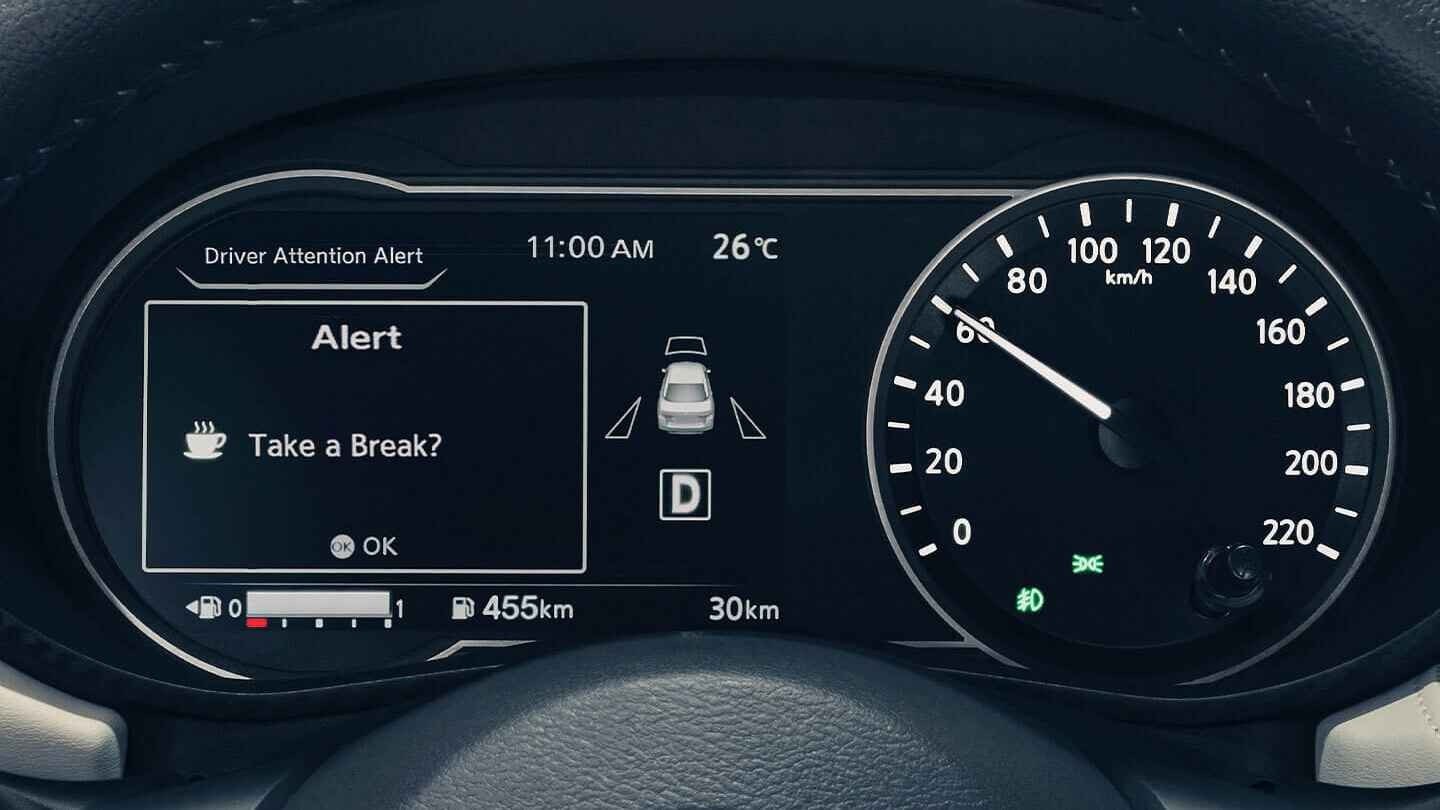
"The Organisation for Economic Co-operation and Development (OECD) estimates that fuel consumption of a vehicle running at 90 km/h is 23% more fuel efficient than running at 110 km/h. Another study by the European Transport Safety Council (ETSC) also showed that running at 90 km/h is 30% more fuel efficient than running at 120 km/h," the report stated.
In addition to adding more gears to the gearbox, fuel efficiency also depends on many factors such as: Vehicle type (sedan, SUV, pickup truck...), vehicle and cargo weight, road and weather conditions, tire pressure, regular maintenance and modern technology to optimize even at high speeds.
Nowadays, car manufacturers are increasingly improving aerodynamics, reducing tire friction and applying advanced transmission technology to help cars save fuel even when traveling at high speeds. That means, at speeds like 100 km/h or even 110 km/h, fuel consumption can still be at a reasonable level if the car is optimally designed.
However, you need to remember that the most fuel-efficient speed does not mean the fastest speed. Driving at a moderate, steady speed and not suddenly braking is still the best way to minimize fuel costs per trip.
Source: https://baonghean.vn/lai-xe-o-to-o-toc-do-nao-la-tiet-kiem-nhien-lieu-nhat-10303699.html




![[Photo] Da Nang: Hundreds of people join hands to clean up a vital tourist route after storm No. 13](https://vphoto.vietnam.vn/thumb/1200x675/vietnam/resource/IMAGE/2025/11/07/1762491638903_image-3-1353-jpg.webp)





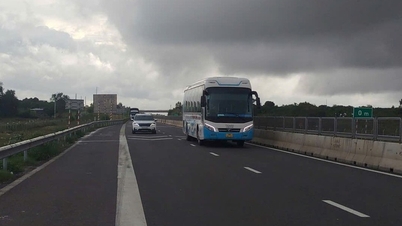






















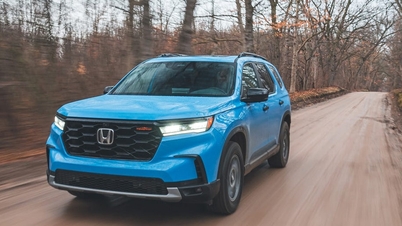










































































Comment (0)